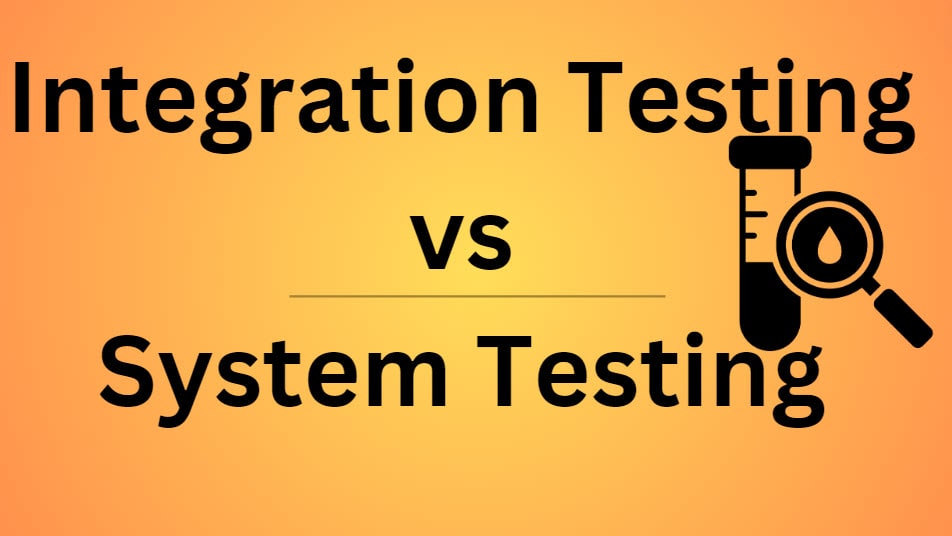Integration testing and system testing are two important phases in the software testing process, each serving different purposes and occurring at different stages of development.
Integration Testing
Integration testing focuses on verifying the interfaces and interactions between software components or modules. It typically occurs after unit testing and before system testing. The main goal is to ensure that different pieces of the modules are working together as expected.
Key aspects of integration testing
- Testing the compatibility between multiple modules
- Verifying data flow between components
- Identifying interface defects
System Testing
System testing is a comprehensive evaluation of the entire software system as a whole. It aims to validate that the complete, integrated system meets specified requirements and user expectations. System testing is typically performed after integration testing and before acceptance testing.
Key aspects of system testing
- Testing the entire system end-to-end
- Verifying functional and non-functional requirements
- Evaluating system performance, security, and usability
Main differences
Scope: Integration testing focuses on interactions between modules, while system testing examines the entire system as a whole.
Timing: Integration testing occurs earlier in the development process, whereas system testing is performed on the complete, integrated system.
Objective: Integration testing aims to uncover defects in module interactions, while system testing verifies that the system meets all specified requirements.
Here’s a tabular comparison of integration testing and system testing
| Fact | Integration Testing | System Testing |
|---|---|---|
| Definition | Focuses on verifying interfaces and interactions between software components or modules | Evaluates the entire software system as a whole against specified requirements |
| Scope | Limited to interactions between specific components | Covers the entire system end-to-end |
| Timing | Occurs after unit testing but before system testing | Performed after integration testing but before acceptance testing |
| Objective | Uncover defects in module interactions and interfaces | Verify that the system meets all functional and non-functional requirements |
| Focus | Connections between different system components | Overall system functionality and performance |
| Performed By | Developers or testers familiar with system architecture | Typically performed by independent testing teams |
| Defects Found | Interface issues, data transfer problems between modules | System-wide issues, performance problems, usability concerns |
Both integration and system testing are crucial steps in ensuring software quality and reliability. They complement each other by addressing different aspects of the software development lifecycle and help identify and resolve issues before the product reaches end-users.
You may also like following the articles below
- Integration Testing vs Unit Testing
- Smoke Testing vs Integration Testing
- Integration Testing vs Regression Testing
In conclusion, while both integration testing and system testing are vital for ensuring software quality, they serve different purposes and occur at different stages of development. Integration testing focuses on how components work together, while system testing evaluates the system as a whole.

My name is Madhu, and I’m a certified Test Consultant with more than 16 years of hands-on experience developing and maintaining manual and Test Automation in the Software industry. I have experience with automation tools such as Selenium, Katalon Studio, etc.
